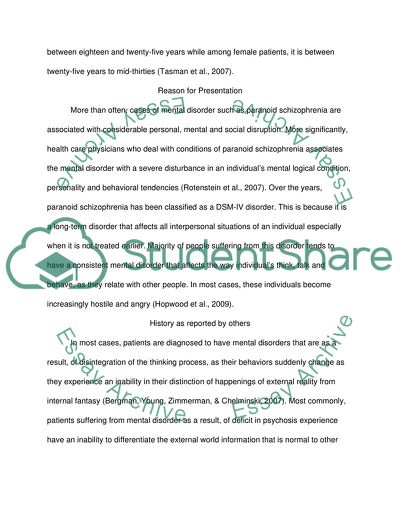Cite this document
(“Psychiatric Mental Health Nursing: Paranoid Schizophrenia Term Paper”, n.d.)
Psychiatric Mental Health Nursing: Paranoid Schizophrenia Term Paper. Retrieved from https://studentshare.org/nursing/1596188-writer-choice
Psychiatric Mental Health Nursing: Paranoid Schizophrenia Term Paper. Retrieved from https://studentshare.org/nursing/1596188-writer-choice
(Psychiatric Mental Health Nursing: Paranoid Schizophrenia Term Paper)
Psychiatric Mental Health Nursing: Paranoid Schizophrenia Term Paper. https://studentshare.org/nursing/1596188-writer-choice.
Psychiatric Mental Health Nursing: Paranoid Schizophrenia Term Paper. https://studentshare.org/nursing/1596188-writer-choice.
“Psychiatric Mental Health Nursing: Paranoid Schizophrenia Term Paper”, n.d. https://studentshare.org/nursing/1596188-writer-choice.


